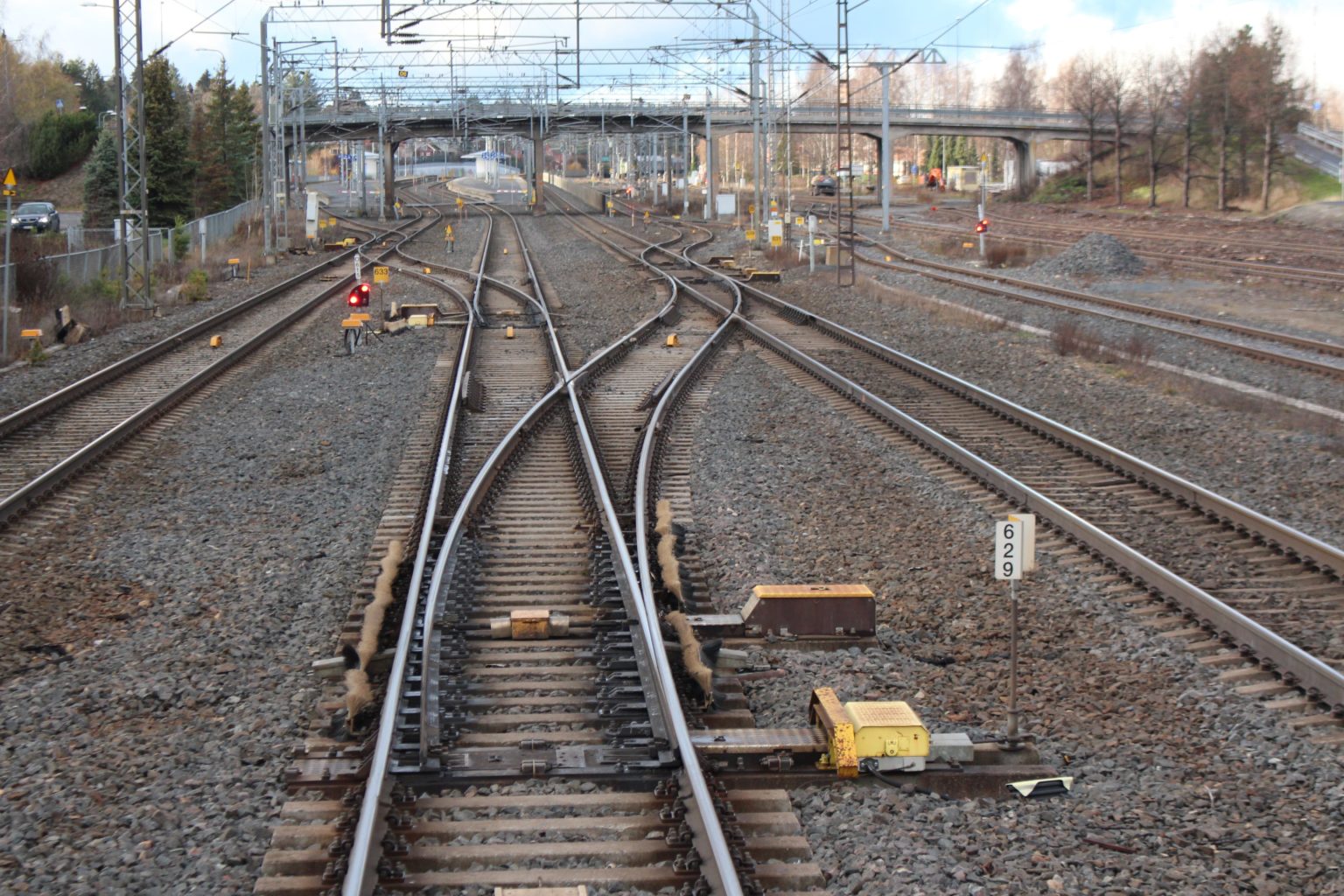


Innovation
Innovation: the System Pillar of the new “Europe’s Rail” Joint Undertaking
Objective
- Under the multiannual research and innovation (R&I) programme “Horizon Europe” (2021-2027), the European Union and the rail industry have funded the Joint Undertaking “Europe’s Rail” (ERJU).
- This partnership, which has a budget of around EUR 1.2 billion, provides innovative solutions through dedicated “Flagship” R&D projects. The aim is to accelerate the deployment of integrated, interoperable and standardised innovations necessary to support the Single European Railway Area (SERA).
EIM in action
- EIM is actively contributing to the work of the “System Pillar” of ERJU. The overall organisational definition of the System Pillar has been progressing steadily during 2023 in parallel with the definition and launch of the R&I projects under the “Innovation Pillar” of ERJU.
- EIM has been actively engaged in leveraging the interests of its founding and non-founding members ERJU through the setup of a dedicated internal coordinating body linking the relevant EIM technical WGs with the innovation work under the System Pillar.

EIM actions in 2023
- EIM set up an “EIM System Pillar HUB” involving representatives of all EIM members that meets on a weekly basis. The HUB supports EIM’s internal coordination and decision-making processes regarding the deliverables and work at the level of ERJU’s “System Pillar Steering Group”.
- In parallel, EIM has liaised with its experts in the System Pillar “Core Group” to improve some organisational shortcomings within the System Pillar (SP).
- EIM has actively collaborated with the other stakeholders to develop consensual positions on the first set of SP decisions (e.g. on FRMCS, satellite positioning, DAC, computing environment, etc).
- EIM and CER have published a joint position paper on the “Rail System Architecture” outlining their common view on the migration and deployment of innovation deliverables of the System Pillar.
- EIM has also collaborated with other stakeholders involved in the “SP Consortium”, in which EIM participates as “Observer”.
Outlook 2024
- EIM will continue consolidating an efficient governance of the “System Pillar”, notably by assessing the work of the SP “Mirror groups” and by proposing remedies to Europe’s Rail management.
- EIM will contribute to the definition of ERJU’s “Standardisation and TSI Input Plan” (STIP). STIP is a key document outlining the timeline of the development of the SP deliverables and the foreseen regulatory harmonisation channel for the relevant technical specifications (i.e. TSIs or European standards).
- EIM will liaise with other stakeholders to ensure a coherent sector approach between the STIP, the new EC mandate to ERA for the revision of the TSIs and the European standardisation process at the level of CEN-CENELEC and ETSI.
- EIM will continue supporting the active involvement of IMs including their awareness of the relevant activities of the JU for their organisation.
EC Regulation
Horizon Europe - Research and Innovation

EC Regulation establishing the Joint Undertakings under Horizon Europe (EC Single Basic Act) Horizon Europe - Research and Innovation

Standardisation
Objectives
A Single European Railway Area (SERA) requires national rail systems to be interoperable, as defined in the 4th Rail Package and in the specific implementing regulations (see Technical Specifications for Interoperability-TSI). The TSIs are complemented by European standards (ENs) of the European Standardisation Organisations (ESOs). ENs are sometimes also used as part of the conformity process with the TSI specifications. Standardisation is becoming increasingly important, as European standards are seen by the EU regulatory bodies as a means to simplify the adoption and implementation of EU legislation, as well as the deployment of innovation in the rail sector.
EIM in action
- EIM is actively involved in standardisation through the participation and contribution to different dedicated groups, such as:
- the European Sector Forum Rail (SFR, former JPCR), composed of rail sector players (manufacturers, infrastructure managers, other rail stakeholders), CEN, CENELEC and ETSI.
- the Standardisation Coordination Platform for Europe (RASCOP), composed of the same stakeholders as well as the European Commission and the EU Agency for Railways (ERA).
- Europe’s Rail System Pillar, through the definition of the Standardisation TSI Input Plan (STIP).

EIM actions in 2023
- EIM has contributed in all relevant SFR meetings to the identification of the sector priorities in terms of standardisation.
- EIM has attended and contributed to the ERA Topical WG on Standardisation.
EIM conducted an internal exercise with its members to map the participation of IMs’ experts in the standardisation work on ESO level to identify potential representation gaps in the future.
Outlook 2024
- EIM will continue to promote the standardisation interests of its members in all relevant EC, ERA and Europe’s Rail Joint Undertaking fora, as well as during the exchange in EIMs’ Working Groups and in ESOs’ Technical Committees.
- EIM, in coordination with the other rail stakeholders, will continue its dialogue within the SFR and, if necessary, elaborate a new standardisation strategy.
- EIM will contribute to the new ad-hoc ERA Working Group on “EC Standards Request”, which shall identify and prepare the list of new “Standardisation Requests” of the European Commission to the ESOs.
Regulation (EU) 2022/2480 amending Regulation (EU) No 1025/2012 as regards decisions of European standardisation organisations concerning European standards and European standardisation deliverables
